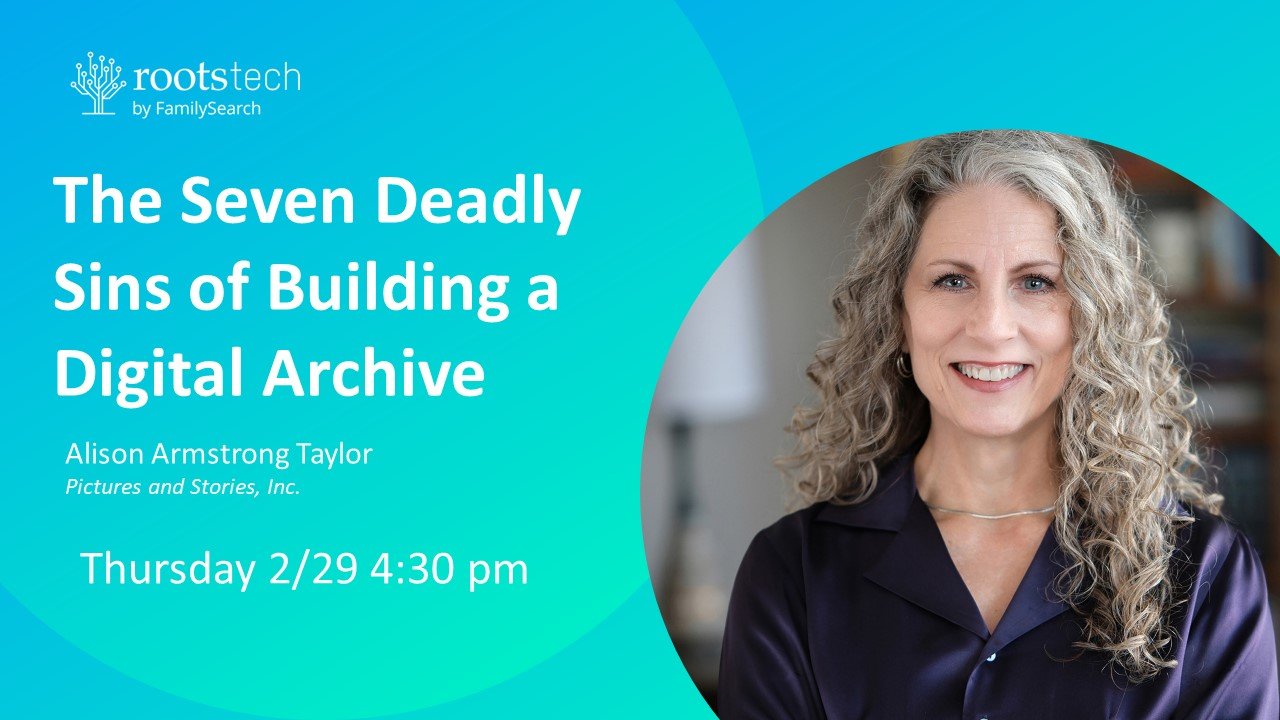You have stories to tell, but writing them is a pain. Or maybe you like to write, but you don’t like to type, and writing by hand takes too long. Speech-to-text technology now enables us to simply talk and let our computers do the typing.
I have been using speech-to-text software on and off for over ten years. In the early days, these software developers claimed 95%-plus accuracy for their products. That sounded pretty good to me, until I saw the results. The accuracy of the speech recognition was actually pretty disappointing (although at times unintentionally humorous). A five percent error rate means a lot of editing.
Today, this technology is vastly improved. For the past few years I have been using Nuance's "Dragon Naturally Speaking." Dragon is now remarkably accurate in turning your voice into typed text; I have used Dragon to tell some of my own stories and have recommended it to clients. In fact, I am using Dragon to write this blog post. As I speak, I see the words magically appear on my computer screen.
So how do I use speech-to-text software?
First of all, purchase some software. Although Dragon Naturally Speaking is by far the leader in the field, there are other programs available. (Windows even has a resident Speech Recognition software that comes free with the PC, although Alison’s experiment with it ended in frustration after about two minutes). Dragon starts with a home version for $99, which includes an approved microphone/headset.
Once you have uploaded the software and plugged in the microphone, you can start using it in a few minutes. (I would recommend viewing the tutorials first, just to get acquainted.) You will see the text appear in a word processing document on your screen right away as you speak into the microphone. The software recognizes punctuation commands such as “period,” “comma,” “new paragraph,” etc.
You can also “train your Dragon” to recognize your voice more accurately the more you use it. When you first open the application, you begin by reading a few paragraphs to enable Dragon to recognize your voice patterns. You can also enter proper names and special terms into a user dictionary.
A couple of tips when dictating your stories
When you are speaking rather than writing, it’s easier to ramble. So if you plan out and prepare at least an outline of what you are going to talk about ahead of time, your thoughts will be more organized and you will be less likely to ramble or repeat yourself, which will save you editing time.
Be sure to edit carefully! As good as Dragon is, it is essential that you PROOF the text that you have spoken to Dragon. Dragon may may often misinterpret what you have said, especially proper names. Here are a few recent examples:
What I read => What Dragon typed
Hiland Dairy => high wind area
silhouette => seal a wet
Aaronic => ironic
mildewy => male duty
toured => toward
a woman principal => Obama in principle
past => passed
Saltair => assault error
turning => burning
lawyer => liar
The results can be unintentionally hilarious. In one recorded oral interview, “The Herriman boys came back from the war and married the Relief Society sisters,” was interpreted as “the heroin boys came back from the war and buried the really silly sisters.” (Hard to say which makes for a better story.)
Other uses for speech-to-text software
When clients give us typed material that needs to be digitized, I will generally scan the document and use an OCR (optical character recognition) program to convert the material into editable text. Sometimes the quality of the printed document (due to fading, photocopying, or cursive fonts) is not sufficient for the OCR program to recognize the printed type. In this case, I will read the text into Dragon instead of using the OCR software.
Recently a client gave me about 50 pages of typewritten documents that were too faded to be recognized by the OCR software. I simply read these documents into my computer and Dragon did a superb job of turning what I had spoken into editable text. You can also do this with handwritten material.
If you are patient, speak clearly, and have reasonable expectations, Dragon can become an exceptional tool for you to tell your stories and have them converted into text.
You can see Dragon Naturally Speaking here. (Full disclosure: Nuance Software has offered us no compensation for this blog post, darn it.)



